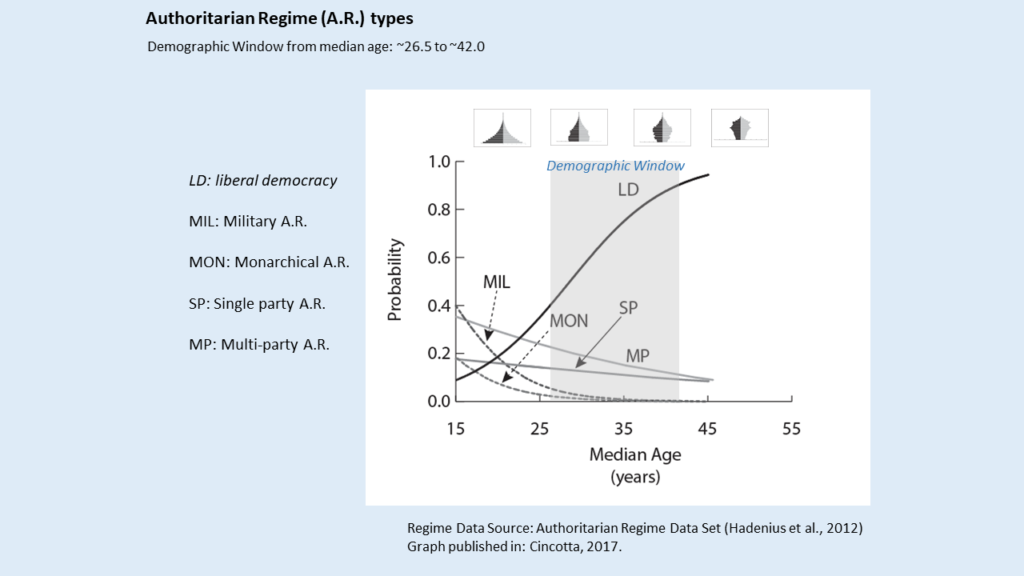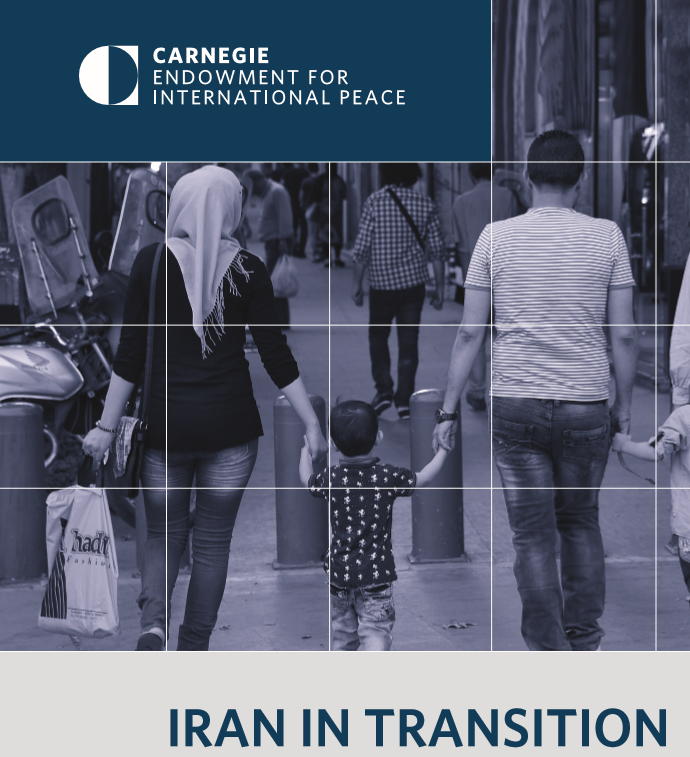Site of the world’s most rapid completion of the fertility transition

Read the background story of Iran’s political demography from the online library of PoliticalDemography.org:
- Iran’s Demographic Future and Its Implications (Cincotta & Sadjadpour, Dec. 2017, Carnegie Endowment for International Peace).
- Uncomfortable Companions: Fertility and Ideology in Iran. (Cincotta, 2018, New Security Beat).
- Iran: The Clash of Ideology and Development. (Cincotta, 2012, Foreign Policy Research Institute).
- Iran’s Chinese Future (Cincotta, 2009, Foreign Policy)





